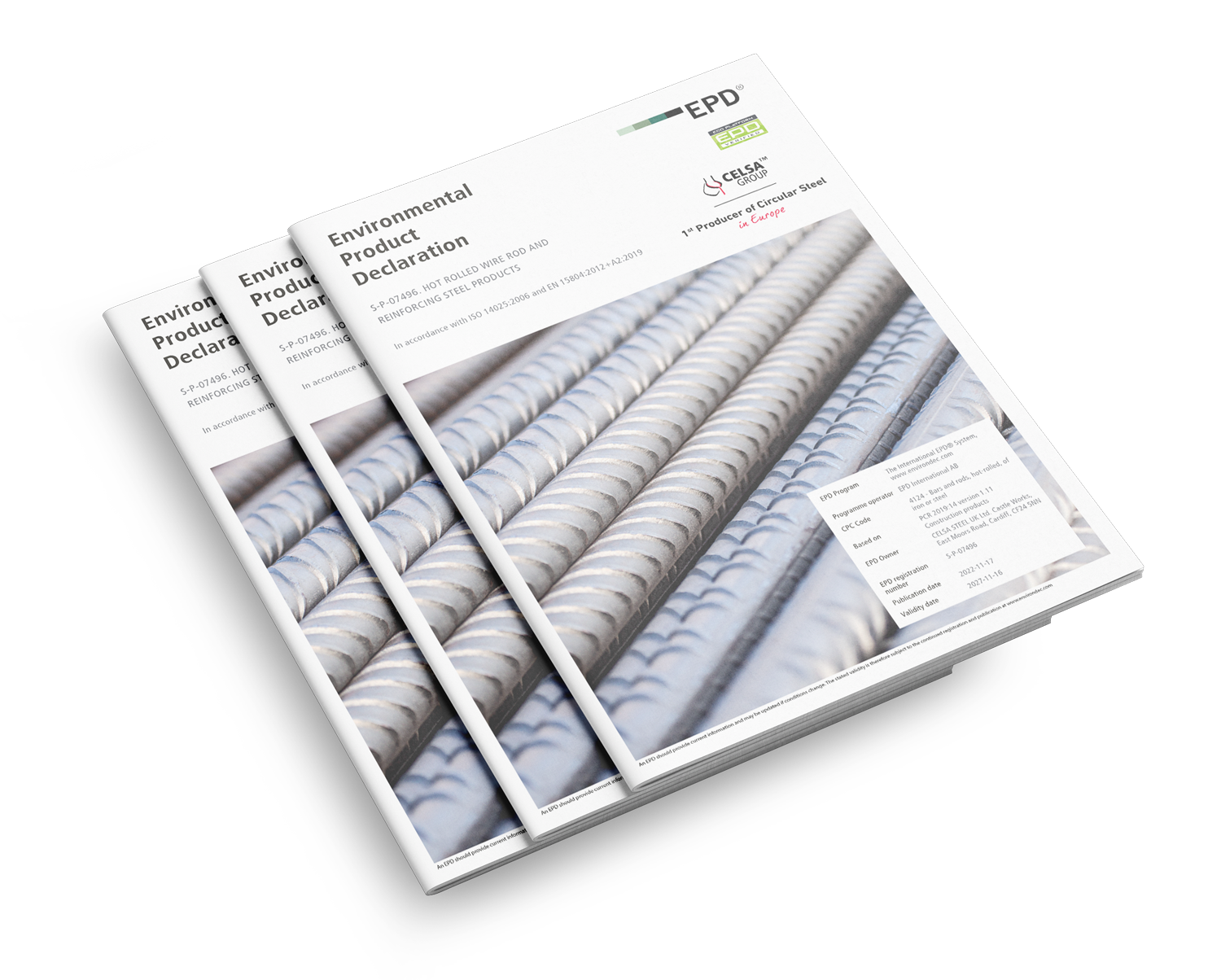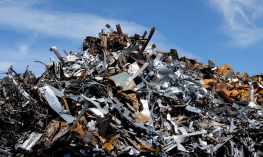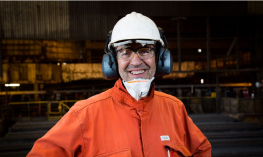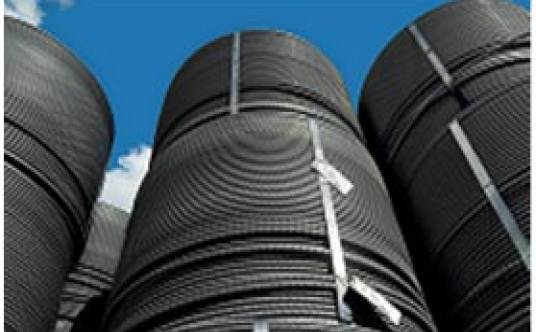CONTACT US
We will help to find the best possible solution to your business
CELSA Steel UK are the largest steel recycling company in the United Kingdom. From our facilities in Cardiff, we have capacity to produce 1.2 million tonnes of low emission circular steel, from UK sourced scrap metal. Our Electric Arc Furnace is the lowest carbon technology route for making steel.

An Environmental Product Declaration (EPD) is an independently verified and certified document that provides transparent and comparable information about the environmental impact of a product, from a lifecycle perspective.
CELSA UK has two EPDs, one for hot rolled wire rod and reinforced steel (437 KgCO2/t) and one for hot rolled merchant bar and light sections (482 KgCO2/t).




CELSA Steel produce long products, specifically that of steel reinforcing bar, steel reinforcing bar in coil, wire rod, various merchant bars & light sections (flats, angles, channels, plain round bars). Our products are used in construction and general engineering. We are a strategically important business, supplying steel to a number of nationally significant infrastructure projects.